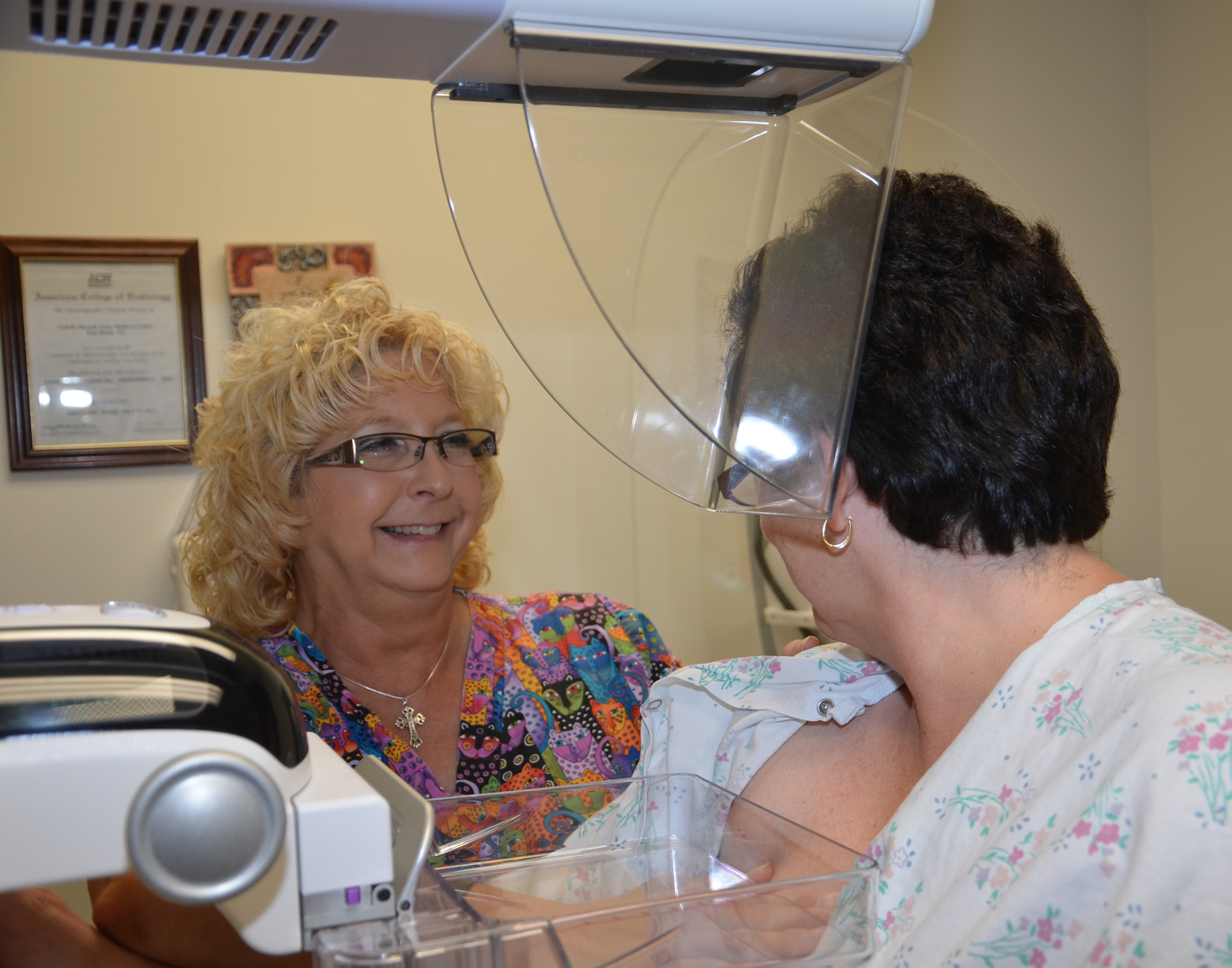Until I was diagnosed with breast cancer, I lacked anything more than a basic understanding of the numerical stages assigned to the levels of its progression.
I thought all cancers were alike, except that some were more aggressive than others, depending on the individual or body location. For example, I was aware that when cancer invaded an organ like the pancreas, the liver, or the kidney, it could spread like wildfire because of its vital function in the complex biological systems that keep us alive.
As a responsible woman, I schedule a mammogram every June. The importance of doing so has been amplified by the breast cancer diagnosis of my sisters and my niece, two of whom are 15 years younger: traumatic experiences for all.
I know the drill. A drive to the radiologists’ for a mammogram and home again in an hour, door to door. A call later the same day reports reliably unremarkable results. Safe for another year.
Not so when I answer the phone this year, I listen to the news that an area of my left breast requires another view via ultrasound. My calmness is a blessing and a surprise. Does anyone ever know how they’ll react to bad news?
After the ultrasound, a biopsy confirms expectations of ductile carcinoma in situ, with minor calcifications in a small portion of the breast tissue: cancer in the milk ducts. The radiologist advises that this is the best possible early diagnosis, short of a mammogram showing nothing. I have Stage 0 Cancer.
At first I try not to research the new terms online, but then I give in – and it is good that I did, because it turns out that I am well-prepared for my appointment with the breast surgeon.
As I sit in the waiting room, another woman, also waiting, begins to weep. I hesitate a moment before locating a box of tissues and offering them, quietly saying, “I’m so sorry.” Selfishly, I hope this is not a harbinger of things to come.
With palpable relief, I’m summoned to the doctor’s office. She is a slim woman, younger than me, but she is pale and grave, with an almost care-worn expression,
“If you could handle this any way you wanted, what would that be?” she asks.
I answer without hesitation. “I would have you remove all affected areas, with ample margins as insurance. Then, I would have breast reconstruction, with a breast reduction/lift to match. I wouldn’t have to have radiation or chemotherapy or take estrogen blockers.”
“Okay, “ she smiles,” We can do that.”
Weeks later, with the extraordinary skill of my breast surgeon and the art of an equally skilled plastic surgeon, everything I hoped for came to pass, thanks to the early diagnosis of cancer cells still primarily confined to the milk ducts.
A fairy tale ending? Perhaps.
While my experience may be an homage to annual mammograms and early detection, this rosy outcome is rare. A similar diagnosis in another woman might require a different treatment protocol than the option I was able to choose.
A factor in favor of my choices is my age of 73 at the time of diagnosis. Hence, I could opt out of radiation, chemotherapy, and estrogen blockers as their value as long-range prophylactic or protective treatment is a more significant benefit to a woman with 25, 30, 40, or 50 years of life expectancy. Statistically, the likelihood of recurrence increases exponentially over 40 or 50 years.
Additionally, the nature of my diagnosis of ductile carcinoma in situ meant the milk ducts were acting as a barrier between the cancer cells and the surrounding breast tissue. Had the cancer cells breached the ducts and invaded the breast tissue and lymph nodes, it would have been classified as invasive, and the treatment required for survival would have included more aggressive treatment like mastectomy and mandated therapy with radiation, chemotherapy, and estrogen blockers.
The outcome could have been very different if I had skipped my mammogram for a year.
The truth is that happy endings like mine can be of a limited duration, the length of which is not currently predictable with a high degree of accuracy. Breast cancer can take a variety of forms, which may call for a variety of medical protocols and treatments to produce the most desirable results and best outcomes.
Nevertheless, early diagnosis is the best tool available to women with breast cancer.
Annual mammograms, funded by insurance, government agencies, or privately endowed institutions, are available to every woman in Connecticut who seeks them.
The Connecticut Department of Public Health’s Early Detection and Prevention Program offers a bounty of resources to assure that every woman has access to mammograms and breast cancer care, regardless of income or insurance coverage.
According to the Connecticut Department of Health, in 2022, Connecticut ranked fourth in the nation for breast cancer screening rates in women 40 years and older – 76.2% compared to the national rate of 70.2%. In that same period, 81.7% of women in Connecticut between the ages of 50 and 74 reported having had a mammogram within the preceding two years, compared to the national rate of 76.3%.
Until every woman over 40 (or earlier for those at greater risk) commits to obtaining an annual mammogram as a right we must exercise, as an obligation we must fulfill for our loved ones if not ourselves, and above all, as an act of self-respect, too many of us will suffer needlessly.
We must all agree to set a better example for our daughters, sisters, partners, and friends, and nothing prevents us from doing so.
October is National Breast Cancer Awareness Month, and October 18 is National Mammography Day. Please commemorate these observances by scheduling a mammogram and encouraging other women you know to do the same.
Gloria Gouveia is a member of the Connecticut Mirror’s Community Editorial Board.

